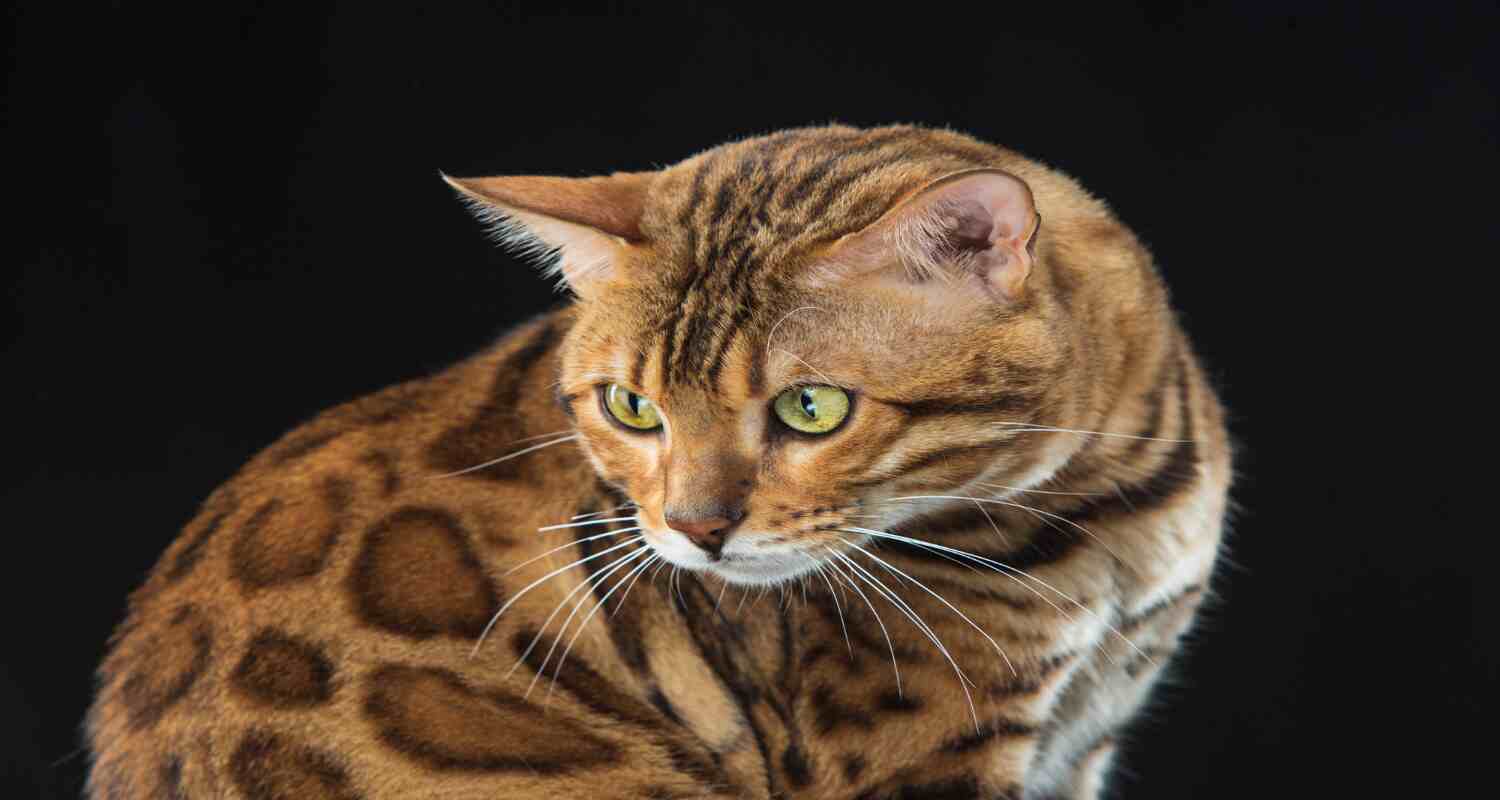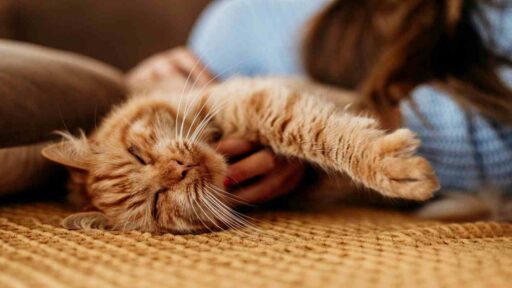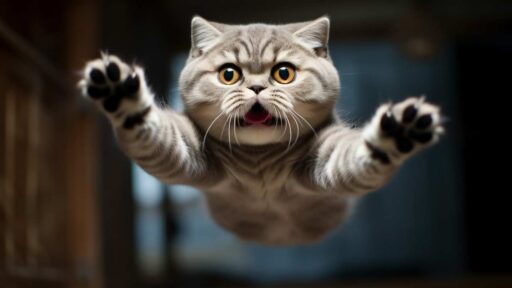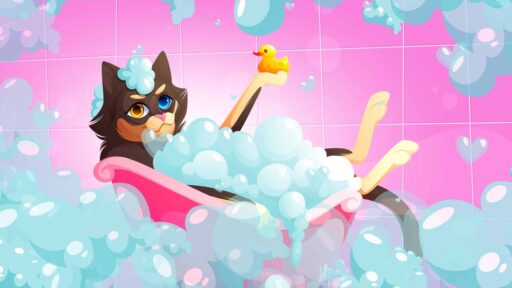Bengal cat full-grown, the Bengal cat is a distinctive breed known for its wild appearance, featuring striking spotted or marbled coat patterns resembling that of a leopard
With a sleek and muscular build, Bengals are lively and intelligent, often enjoying interactive play and forming strong bonds with their owners. Originating from the crossbreeding of domestic cats with the Asian leopard cat, they bring a touch of the wild into domesticity. Their short, luxurious coat comes in various colors, including brown, silver, and snow. Bengals are not only visually striking but also energetic and social, making them engaging companions for those who appreciate their unique characteristics.
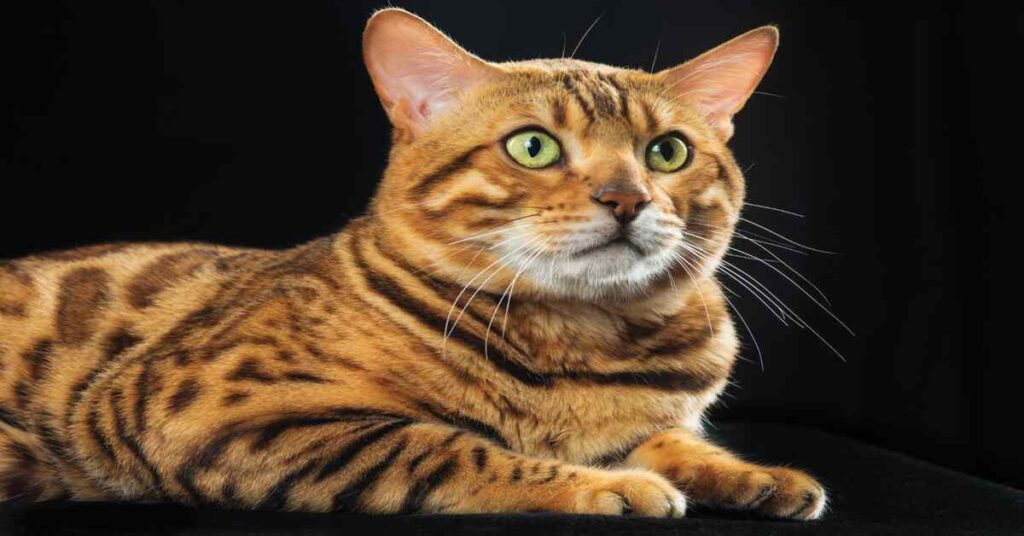
Bengal cat growth stages
Bengal cats go through several growth stages as they mature:
- Kittenhood:
- Born with a spotted or marbled coat, Bengal kittens are small and require careful nurturing. They begin exploring their surroundings and developing their playful nature.
- Juvenile Stage:
- During this phase, typically from a few months to around a year, Bengal cats experience rapid growth. Their distinctive coat patterns become more defined, and they display increased energy and curiosity.
- Adolescence:
- Bengals continue to grow and develop their muscular build during adolescence, which spans from one to two years. This stage is characterized by the cat reaching its full size and exhibiting adult behaviors.
- Adulthood:
- By the age of two, Bengal cats are considered fully grown. They maintain their sleek physique, distinctive coat patterns, and lively personality. Adult Bengals are known for their social nature and playful demeanor.
What can affect your Bengal’s growth?
Several factors can influence the growth of your Bengal cat:
- Genetics:
- The cat’s genetic makeup plays a significant role in determining its growth rate and overall size.
- Nutrition:
- A well-balanced and nutritious diet is crucial for healthy growth. Feeding your Bengal cat high-quality cat food tailored to its life stage is essential.
- Health Issues:
- Certain health conditions can impact growth. Regular veterinary check-ups help detect and address any potential issues early on.
- Environment:
- A stimulating and stress-free environment promotes overall well-being, contributing to healthy growth.
- Spaying/Neutering:
- The timing of spaying or neutering can influence growth. Consult with your veterinarian to determine the most appropriate age for this procedure.
- Exercise and Activity:
- Regular play and exercise contribute to muscle development and a healthy weight. Ensure your Bengal cat has opportunities for physical activity
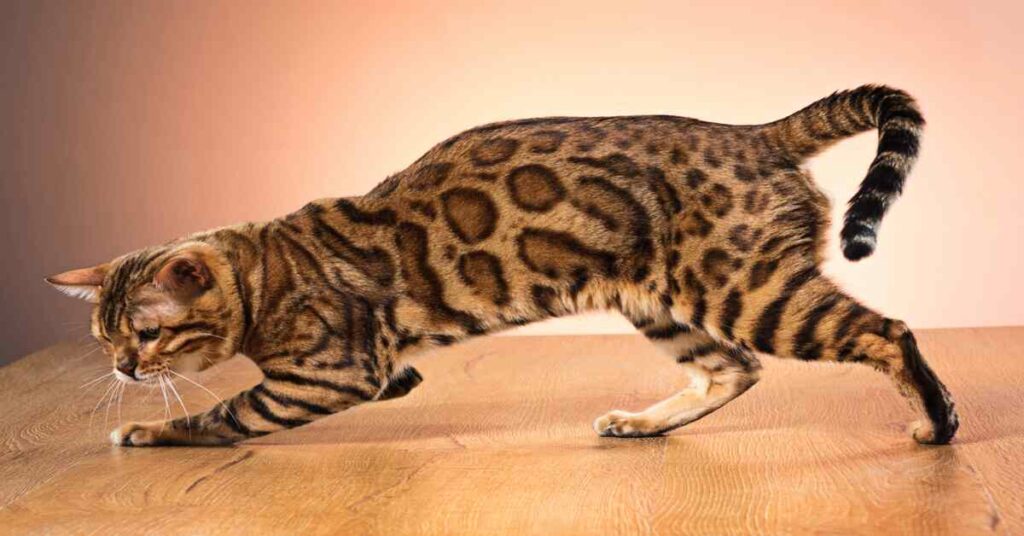
Bengal cat full-grown – genetic background
Understanding your Bengal cat’s genetic background provides insight into its unique traits and characteristics. Bengals have a distinctive lineage, originating from the crossbreeding of domestic cats with the Asian leopard cat. This intentional pairing contributes to their wild appearance, including the striking spotted or marbled coat patterns reminiscent of their wild ancestors.
The genetic background of Bengals influences not only their appearance but also their behavior and temperament. These cats often exhibit intelligence, curiosity, and playful nature, traits inherited from both their domestic and wild lineage. By appreciating your Bengal’s genetic heritage, you gain a deeper understanding of the factors that make it a fascinating and captivating breed.
Genetic background
While specific genes related to growth in Bengal cats are not explicitly identified, their overall growth and development are influenced by a combination of genetic factors and environmental conditions. Here’s a general list highlighting aspects related to Bengal cats’ growth:
- Genetic Heritage:
- Bengal cats inherit growth-related traits from their lineage, which includes domestic cat breeds and the Asian leopard cat.
- Nutritional Genetics:
- The cat’s response to nutrition, metabolism, and overall growth can be influenced by genetic factors.
- Growth Rate Variability:
- Individual Bengal cats may exhibit variations in growth rates influenced by their unique genetic makeup.
- Size and Structure:
- Genetic factors contribute to the breed’s overall size, muscular structure, and distinctive physical features.
- Health-Related Genes:
- Genetic predispositions may influence the cat’s susceptibility to certain health conditions that can impact growth.
- Developmental Genes:
- Genes responsible for the development of bones, muscles, and other tissues play a role in the cat’s overall growth.
Bengal cat full-grown – Parasitic infestation
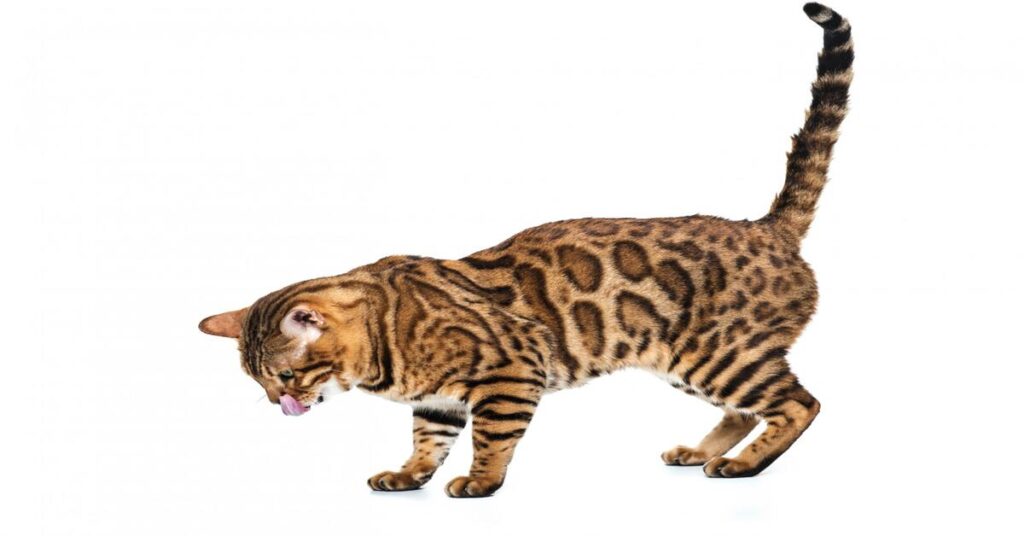
Parasitic infestations can have an impact on the growth and overall health of Bengal cats. Common parasites that may affect cats include internal parasites like worms (such as roundworms, and tapeworms) and external parasites like fleas and ticks.
Effects on Bengal Cat Growth:
- Nutrient Absorption:
- Internal parasites can compete with the cat for nutrients, potentially leading to malnutrition and stunted growth.
- Energy Drain:
- Parasites consume the cat’s energy, causing lethargy and reduced activity levels that may hinder normal growth.
- Digestive Discomfort:
- Digestive issues caused by parasitic infestations can lead to discomfort, impacting the cat’s appetite and, consequently, its growth.
- Anemia:
- Certain parasites can cause anemia, affecting the cat’s red blood cell count and overall vitality.
Prevention and Treatment:
- Regular Veterinary Check-ups:
- Routine veterinary visits allow for the detection of parasites and prompt treatment.
- Parasite Control Products:
- Administering preventive parasite control products recommended by veterinarians helps protect against infestations.
- Hygiene Practices:
- Maintaining a clean environment and practicing good hygiene helps minimize the risk of parasitic infestations.
Timely identification and treatment of parasitic issues, along with a focus on preventive measures, contribute to the overall well-being and healthy growth of Bengal cats. Regular veterinary care is essential to monitor growth, address any health concerns, and ensure a thriving feline companion.
Bengal cat full-grown – The best diet
The best diet for your growing Bengal cat is one that supports their unique nutritional needs during the crucial stages of development. Here are key considerations:
- High-Quality Cat Food:
- Choose a premium cat food that is specifically formulated for kittens or growth stages. Look for brands with high protein content and essential nutrients.
- Protein-Rich Diet:
- Bengals thrive on a protein-rich diet, reflecting their ancestral carnivorous nature. Ensure that the cat food provides a balanced mix of animal-based proteins.
- Balanced Nutrition:
- A well-balanced diet should include a combination of proteins, fats, carbohydrates, vitamins, and minerals to support overall growth and development.
- Omega-3 Fatty Acids:
- Omega-3 fatty acids, found in fish oil or certain cat foods, contribute to a healthy coat, skin, and overall well-being.
- Limited Treats and Snacks:
- While treats are acceptable in moderation, the main diet should come from nutritionally complete cat food. Excessive treatment can lead to nutritional imbalances.
- Hydration:
- Ensure an adequate supply of fresh water. Proper hydration is crucial for overall health, including kidney function.
- Consult with a Veterinarian:
- Regular veterinary check-ups help monitor your Bengal’s growth and nutritional needs. Your veterinarian can provide tailored dietary recommendations based on the cat’s specific requirements.
Bengal cat full-grown – stop growing?
Bengal cats typically reach their full-grown size at around 1 to 2 years of age. While individual cats may experience slight growth beyond this timeframe, the majority of their physical development occurs during this period. Once a Bengal cat reaches adulthood, their growth rate slows down, and they generally maintain a stable size.
It’s important to note that factors such as genetics, nutrition, and overall health can influence the rate of growth and the final size of a Bengal cat. Regular veterinary check-ups and a well-balanced diet play crucial roles in ensuring that the cat reaches its optimal size and maintains good health throughout its life. If you have concerns about your Bengal cat’s growth or if you notice any sudden changes, consulting with a veterinarian is recommended for personalized advice and guidance.
Read about other Bengal’s breeds
Bengal cat full-grown FaQs
How big can a Bengal cat grow?
Bengal cats are generally large.
Males weigh around 10 to 18 pounds.
Females weigh about 8 to 12 pounds.
Size depends on genetics, gender, and health.
Some may be smaller or larger.
Monitor their weight and health.
Regular vet check-ups are important.
What is the best age to get a Bengal cat?
The best time to get a Bengal cat is around 12 to 16 weeks old.
At this age, they are weaned, litter-trained, and vaccinated.
Choosing a reputable breeder is important.
It lets you see their developing personality.
Bengal kittens adapt well to new homes.
Consider your lifestyle and preferences.
How many cats can a Bengal cat have?
Bengal cats can have a typical litter size ranging from 2 to 6 kittens. The number of kittens can be influenced by factors such as the cat’s age, health, and genetics. Bengals are generally good mothers, and their kittens are often lively and playful. If you have a Bengal cat that is pregnant or has given birth, providing proper veterinary care and a comfortable environment is crucial for the well-being of both the mother and the kittens.
How long is a Bengal cat?
The length of a Bengal cat varies, but on average, they measure between 18 to 22 inches (45 to 56 centimeters) from the tip of the nose to the base of the tail. The tail itself adds an additional 8 to 10 inches (20 to 25 centimeters) to its length. Individual cats may fall outside these averages, with some Bengals being smaller or larger, influenced by factors like genetics, gender, and overall health. Regular veterinary check-ups help ensure that a Bengal cat is growing appropriately and maintaining good health.

